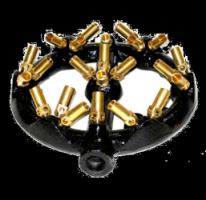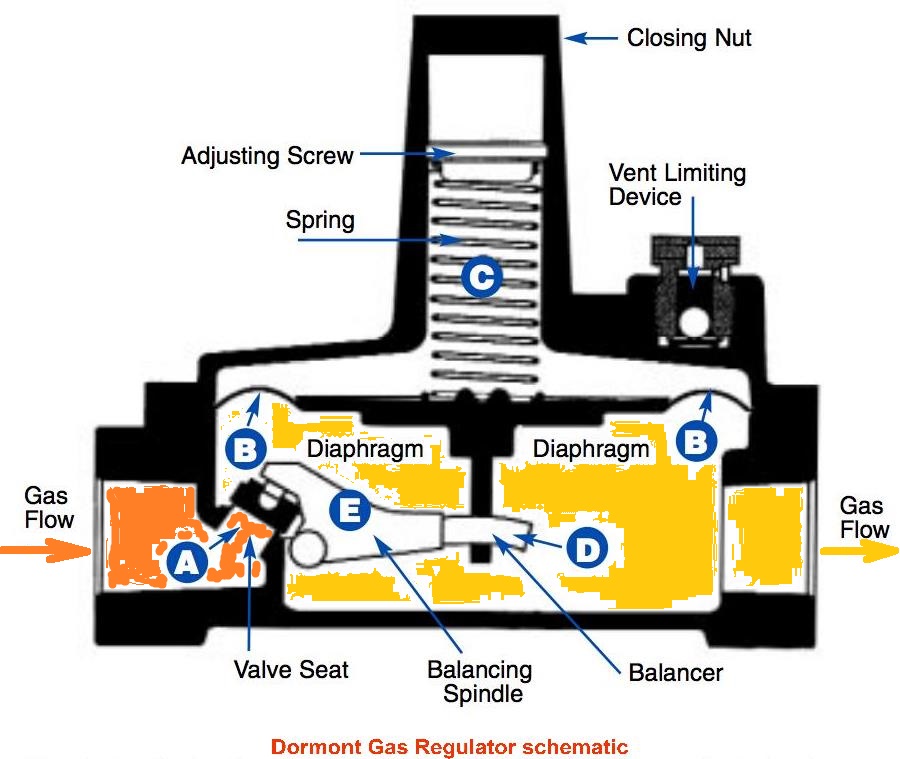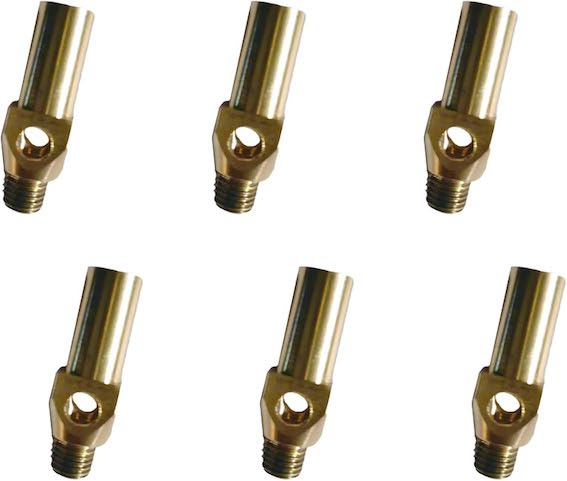HRNCBrewer
Member
I have a 23 jet natural gas burner for my brew kettle like in the attached image.
I also have a similar, but smaller (fewer jets) burner for the HLT.
The smaller burner works fine, but the 23 jet burner puts out lots of sooty black smoke.
I added a natural gas pressure regulator, but that made no difference.
I believe the problem is insufficient air to the jets so I am getting incomplete combustion (lots of CO!).
Can someone tell me how I can fix this so that I get more oxygen to the burner?
Thanks for any advice.
Tony B.
I also have a similar, but smaller (fewer jets) burner for the HLT.
The smaller burner works fine, but the 23 jet burner puts out lots of sooty black smoke.
I added a natural gas pressure regulator, but that made no difference.
I believe the problem is insufficient air to the jets so I am getting incomplete combustion (lots of CO!).
Can someone tell me how I can fix this so that I get more oxygen to the burner?
Thanks for any advice.
Tony B.
























































![Craft A Brew - Safale S-04 Dry Yeast - Fermentis - English Ale Dry Yeast - For English and American Ales and Hard Apple Ciders - Ingredients for Home Brewing - Beer Making Supplies - [1 Pack]](https://m.media-amazon.com/images/I/41fVGNh6JfL._SL500_.jpg)



